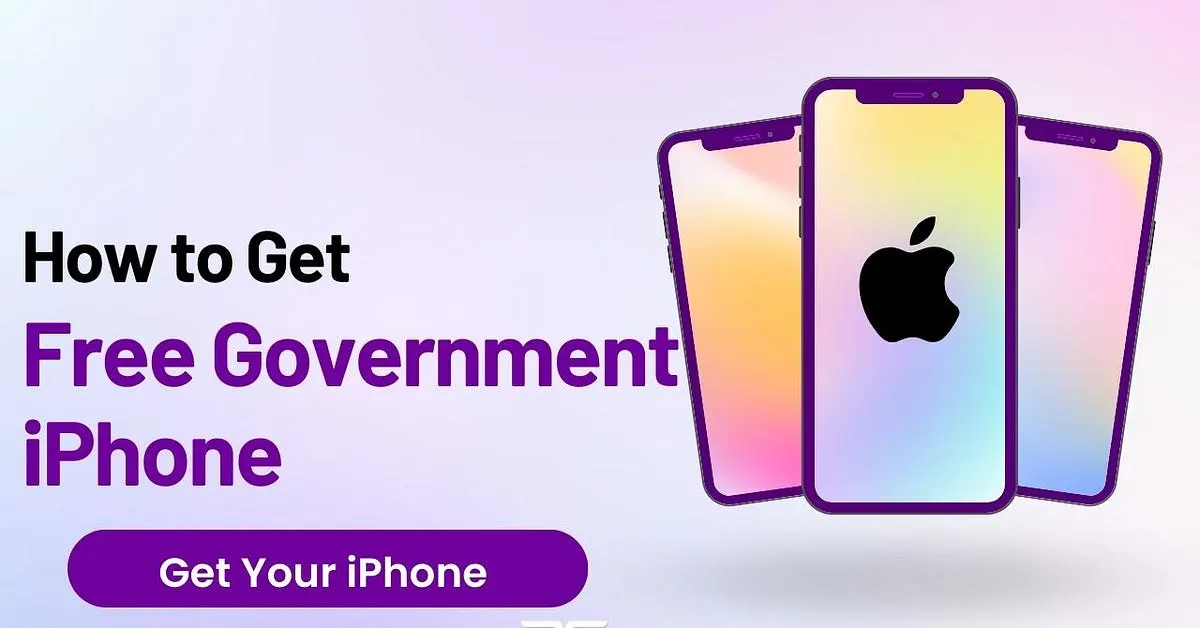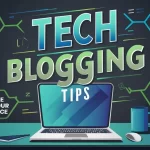Government phones, also known as Lifeline phones, are programmes designed to provide low-income individuals and families with access to affordable communication services. These phones are basic smartphones that come with a limited number of minutes, texts, and data each month. The purpose of these phones is to ensure that everyone can stay connected to loved ones, job opportunities, and emergency services. and free iPhone 6 government phone
Table of Contents
What is a government phone, and how does it work?
A government phone is a mobile device that is provided to eligible individuals through the Lifeline Help program. This program is funded by the Universal Service Fund, administered by the Federal Communications Commission (FCC). The phones are basic smartphones that come preloaded with a certain number of minutes, texts, and data each month.
To receive a government phone, individuals must meet certain eligibility requirements. These requirements vary by state but generally include being at or below 135% of the federal poverty guidelines or participating in certain government help programs such as Medicaid or the Supplemental Nutrition Help Program (SNAP).
Once approved for a government phone, individuals will receive their device in the mail. They will also be given instructions on activating their telephone and setting up their service. The phones come with a limited number of minutes, texts, and data each month, but more minutes and data can be purchased if needed.
Who Qualifies for a Free iPhone 6 Government Phone?
To be considered for a free iPhone 6 government phone, you must meet the basic Lifeline Help eligibility requirements and also meet the qualifications set by your phone service provider. The qualifications might include the need that you are a new customer or that you’ve had an active account with the provider for a certain period. You might even have to meet certain income requirements. Whatever the qualifications, you will apply through the service provider, not through the Federal Communications Commission or the federal Lifeline program, which only coordinates the states’ various public help programs and makes sure they conform to federal rules and guidelines.
Also to these qualifications, individuals must also meet the income requirements set by the Lifeline Help program. This means being at or below 135% of the federal poverty guidelines. The specific income limits vary by state, so it is important to check with the program in your state to determine if you qualify.
How do I apply for a free iPhone 6 government phone?
| Requirements | Process | Eligibility |
|---|---|---|
| Proof of low-income status | Submit an application to approved provider | Participate in government assistance programs |
| Valid identification | Submit an application to the approved provider | Meet income guidelines |
| No existing Lifeline service | Wait for approval and phone delivery | One phone per household |
Applying for a free iPhone 6 government phone is a simple process. Here’s a detailed tutorial on how to submit an application:
1. Determine your eligibility: Before applying, make sure you meet the general eligibility requirements for Lifeline Help and the specific qualifications set by the phone provider.
2. Choose a phone provider: Several phone providers offer government phones, so research and choose the one that best fits your needs.
3. Gather required documents: You will need certain documents to prove your eligibility, such as proof of income or participation in government help programs. Make sure to gather these documents before starting the application process.
4. Fill out the application: Visit the website of your chosen phone provider and fill out the online application form. Provide all necessary information and upload any required documents.
5. Submit your application: Once you have completed the application form and uploaded all necessary documents, submit your application.
6. Wait for approval: The phone provider will review your application and determine if you meet the eligibility requirements. Please be patient, as this procedure may take many weeks.
7. Receive your phone: If approved, you will receive your iPhone 6 government phone in the mail along with instructions on how to activate it and set up your service.
What Documents Do You Need to Apply for a Free iPhone 6 Government Phone?
When applying for a government phone, you will need certain documents to prove your eligibility. These documents may include:
Your income can be proven with a recent paystub, tax return, or letter from any government agency that confirms your participation. You must prove your participation in programs like Medicaid or SNAP by providing information from those programs. You will need an identification card issued by the government to prove your identity. – You will need to prove where you live with a copy of a utility bill or lease agreement.
The specific documents needed for the iPhone 6 government phone application may vary depending on the phone provider. It is important to check with the provider to determine exactly what documents are required.
How Long Does it Take to Receive a Free iPhone 6 Government Phone?
The time it takes to receive a free iPhone 6 government phone can vary depending on several factors, including the phone provider and the volume of applications they are processing. In general, it can take several weeks to receive approval and receive your phone in the mail.
The average wait time for the iPhone 6 government phone is around 2–4 weeks. But this can vary depending on the demand for the phone and the efficiency of the phone provider’s application processing system.
It is important to note that the wait time may be longer during peak periods, such as around the holidays or during times of high demand. If you have not received your phone within a reasonable amount of time, it is recommended that you contact the phone provider to inquire about the status of your application.
What Features Does the Free iPhone 6 Government Phone Offer?
The free iPhone 6 government phone offers a range of features that make it a versatile and useful device. Some of these features include:
Touchscreen display: The iPhone 6 has a 4.7-inch touchscreen display, making it easy to navigate and use. Camera: The iPhone 6 has an 8-megapixel rear camera and a 1.2-megapixel front camera, allowing you to take high-quality photos and videos. App Store: The iPhone 6 gives you access to the Apple App Store, where you can download a wide range of apps to enhance your phone’s functionality.
Siri: The iPhone 6 comes with Siri, Apple’s virtual assistant, which can help you with tasks such as sending messages, making calls, and setting reminders. Internet browsing: The iPhone 6 allows you to browse the internet using a mobile data connection or Wi-Fi. Messaging: You can send and receive text messages and multimedia messages on the iPhone 6.
Compared to other government phone options, the iPhone 6 offers a more advanced and feature-rich experience. But it is important to note that the number of minutes, texts, and data included with the phone may be limited compared to traditional phone plans.
Are There Any Hidden Costs or Fees for the Free iPhone 6 Government Phone?
While the iPhone 6 government phone is provided for free, there may be some potential costs or fees associated with the service. These can include:
More minutes, texts, and data: The free iPhone 6 government phone comes with a limited number of minutes, texts, and data each month. If you exceed these limits, you may need to buy more minutes, texts, or data.
Activation fee: Some phone providers may charge an activation fee when setting up your service. This fee is a one-time charge. Replacement fee: If your iPhone 6 is lost or damaged, you may be responsible for paying a replacement fee to receive a new device.
It is important to review the terms and conditions of the phone provider before applying for a government phone to understand any potential costs or fees that may be associated with the service.
How to Troubleshoot Common Issues with Your Free iPhone 6 Government Phone?
If you experience any issues with your free iPhone 6 government phone, you can take several troubleshooting steps to resolve them. For everyday problems, here are some tips:
No signal: If you are not receiving a signal on your iPhone 6, try restarting the device or toggling aeroplane mode on and off. If the issue persists, contact your phone provider for further help. Battery drain: If your iPhone 6 battery is draining,
try closing any unused apps and reducing screen brightness. You can also check for any software updates that may improve battery life. Slow performance: If your iPhone 6 is running,
Try closing the device’s cache and shutting off any unneeded apps. You can also check for any software updates that may improve performance. App issues: If you are experiencing issues with a specific app, try closing and reopening the app or uninstalling and reinstalling it.If the problem keeps happening, you should contact the app creator for more help.
If you are unable to resolve the issue on your own, it is recommended that you contact your phone provider for further help. If required, they could be able to replace the gadget or solve the problem.
How to Upgrade Your Free iPhone 6 Government Phone?
If you are interested in upgrading your free iPhone 6 government phone to a newer model, several options are available. Here is how you can upgrade:
1. Contact your phone provider: Reach out to your phone provider to inquire about their upgrade options. They will be able to provide you with information on what models are available and any associated costs.
2. Choose a new phone: Once you have decided to upgrade, choose a new phone that meets your needs and preferences. Think about the screen size, picture quality, and storage space, among other things.
3. Complete the upgrade process: Follow the instructions provided by your phone provider to complete the upgrade process. This may involve returning your old device and activating your new one.
It is important to note that there may be costs associated with upgrading your government phone, such as an upgrade fee or the cost of the new device. These costs will vary depending on the phone provider and the specific upgrade options available.
What Other Government Help Programmes Can You Enjoy?
In addition to the Lifeline Help Programme, there are several other government help programmes that individuals may qualify for and enjoy. Some of these programs include:
The government health insurance program known as Medicaid gives people with low incomes access to affordable health services. The U.S. Congress passed the Medicaid Act in 1965, and President Lyndon B. Johnson signed it into law. Medicaid was part of a plan to fight poverty. It was first established to help those who did not have the wealth of others. This year, 2022, there will be more than 80 million pockets of the poor who hold a Medicaid card. Most of them are children; almost half live outside of cities in rural areas. They are not only poor; one in three is disabled. Of this number, 20% don’t have insurance, and almost half barely have a hospital nearby.
The Temporary Help for Needy Families (TANF) program supports low-income families with dependent children; it is a core programmeme of the social safety net. TANF provides a modest amount of cash help to eligible families; these are some of the most vulnerable people in our society. The Home Energy Help Programme (HEAP) guarantees that low-income families have the ability to heat and cool their homes, another feature of the social safety net.
To take part in these programmes, people must meet particular eligibility requirements and provide certain documents to show they are eligible. What follows are the few basic facets of how the programmes work. It is suggested that if you are interested in applying for help, you should contact the programme in your state to see exactly what you need to do, how to apply, and what you need to bring with you.
The government phones, like the iPhone 6, that are given to people in need are a wonderful resource. These phones give low-income individuals and families vital access to affordable communication services they need to stay connected with their lives. This connection, in turn, is what keeps them on the path of a very human life, which is the life of the people they love, the life that gives them the chance for better job opportunities, and the life that might save their life in an emergency.
When applying for a free iPhone 6 or iPhone 6 Plus government phone, people have to meet the necessary conditions and also provide some documents to prove that they are eligible for the Lifeline programme. It usually takes two or three weeks to process the application, but once it’s approved, the phone will arrive in the mailbox. Along with the phone, there is also some reading material in the package, bits and pieces of which explain to you how to set up the service, along with some forms to sign.
The iPhone 6 gives you the freedom to do about anything. Not only is the phone itself a remarkable technological force, but Apple’s service and support are almost as good. Although we shouldn’t expect it to be completely without expense,. Manners and business dictate that you should pay for this amazing device, and if there’s any reason to switch it out for a new one, you should expect to pay for the replacement, too. The possibility of a few fees should not darken the entirety of your experience with the iPhone 6. That should not be surprising. A knife and a man who carries it are not always in agreement.
Phones provided by the government can help ensure that everybody has access to essential communication services. Having a method of communication that is reliable and easily available is crucial in today’s society. So what is the backstory of these services? What led to the creation of the government phone programme, and how did it become what it is today?






